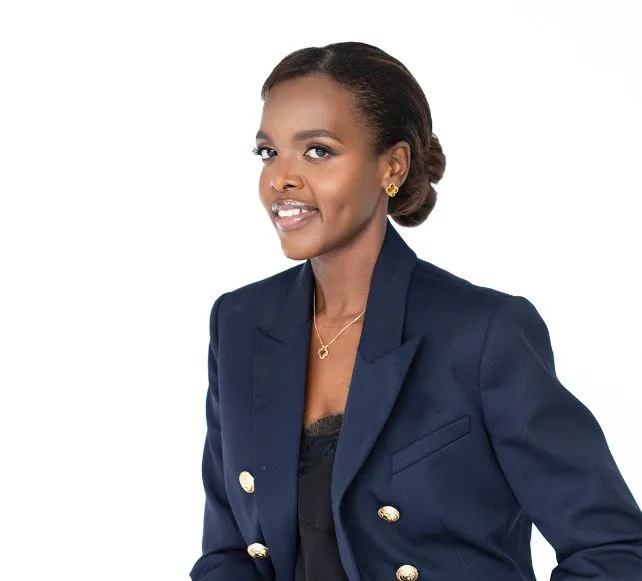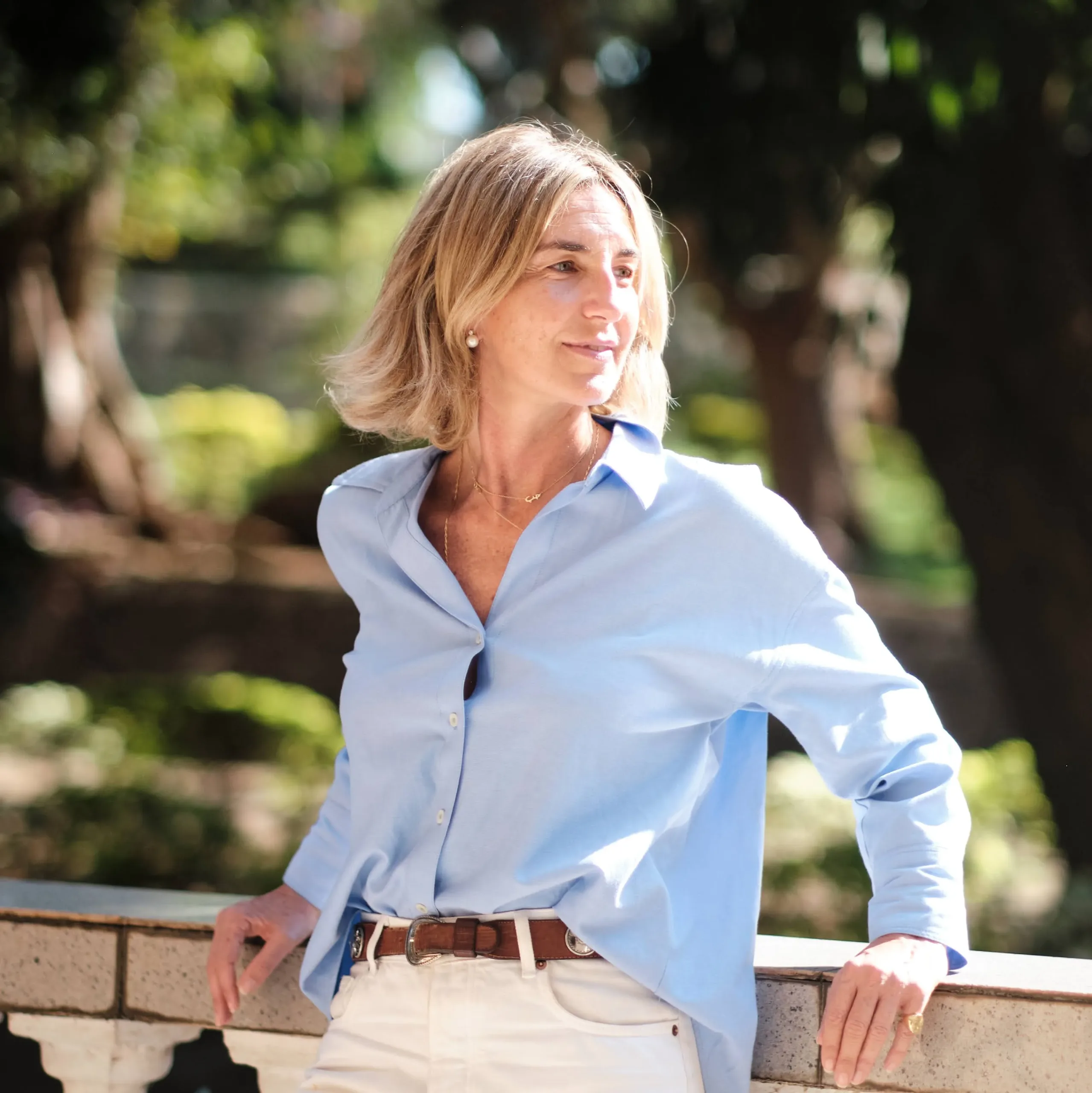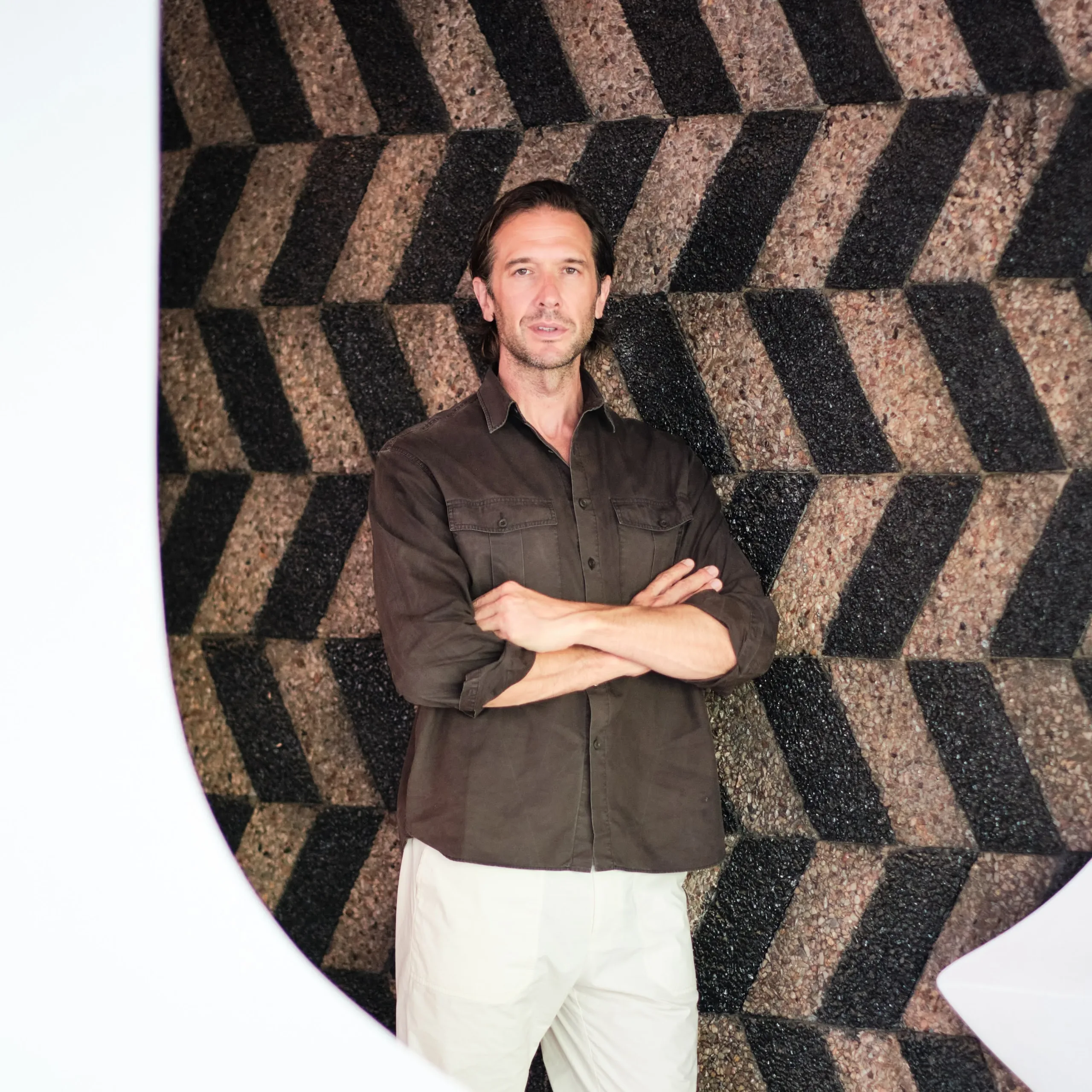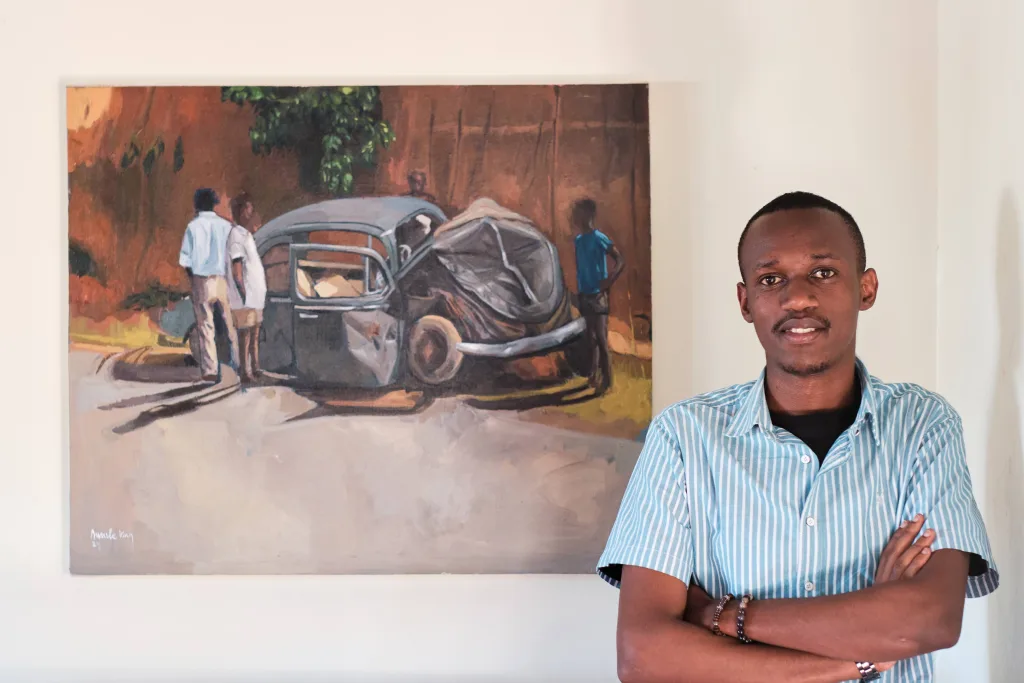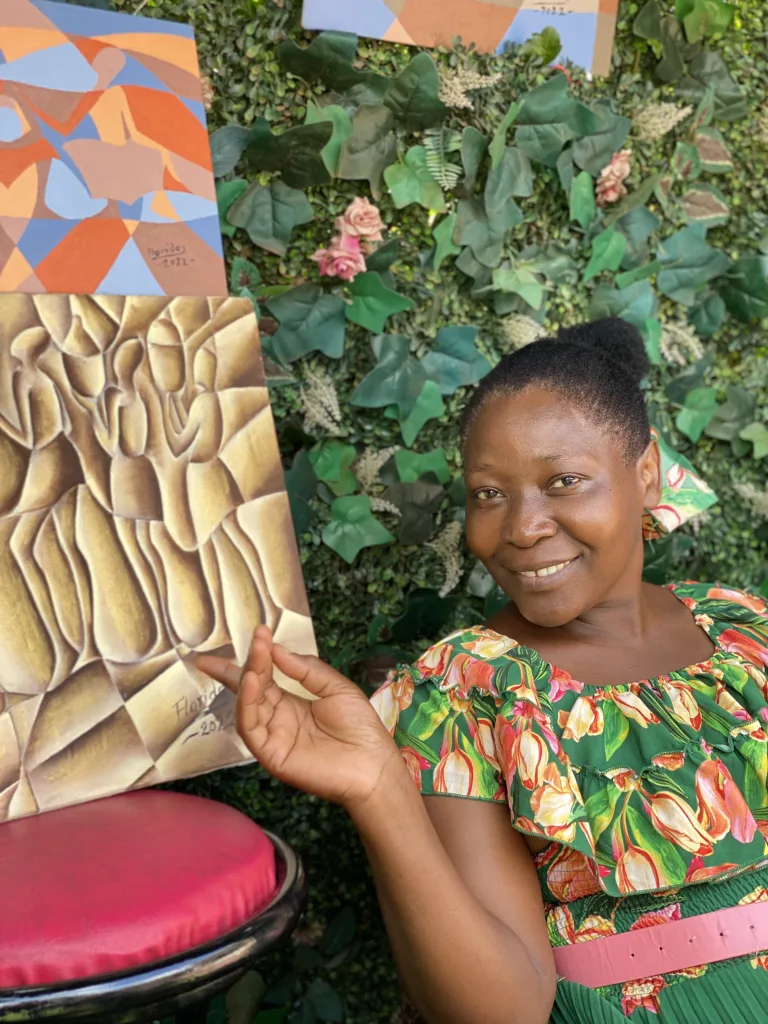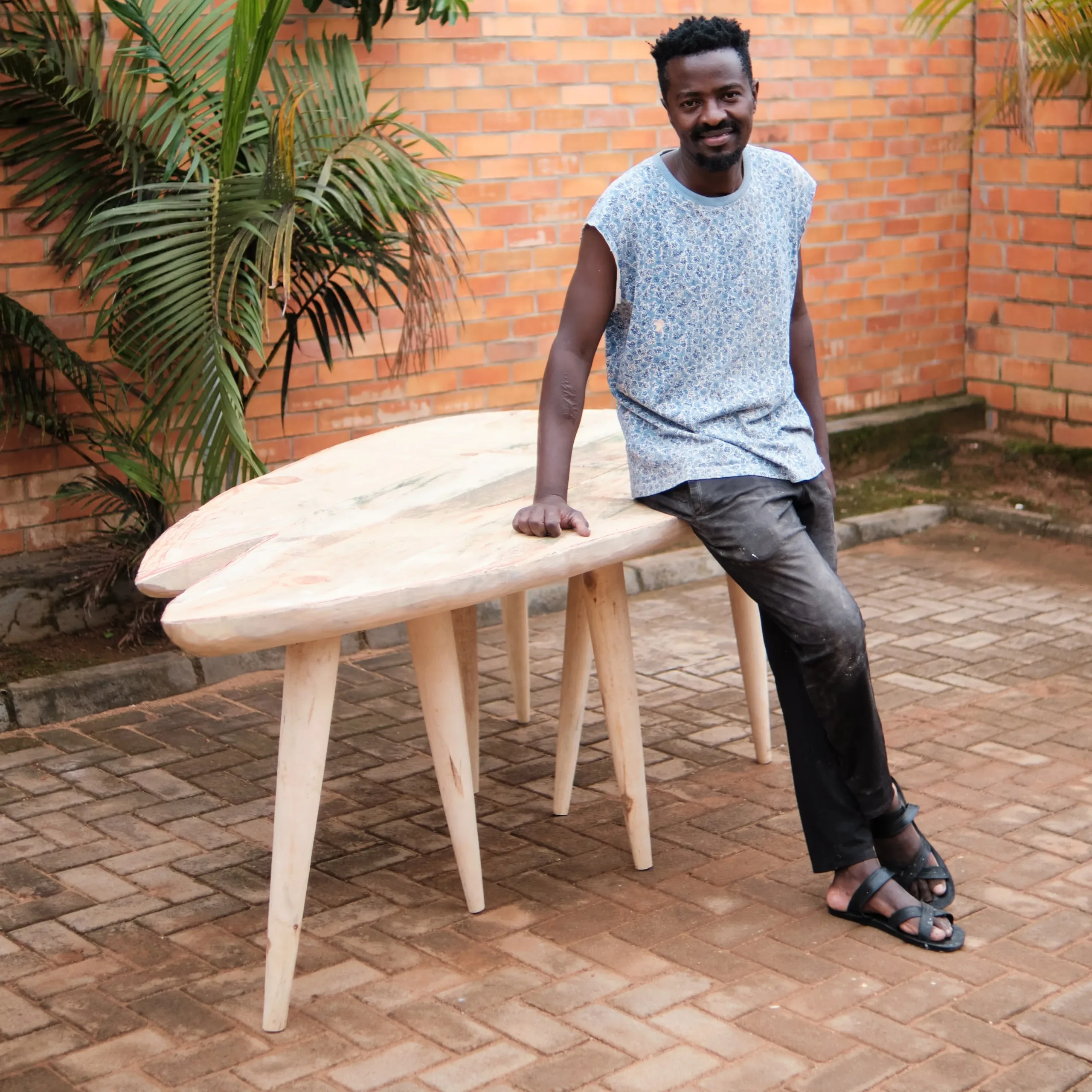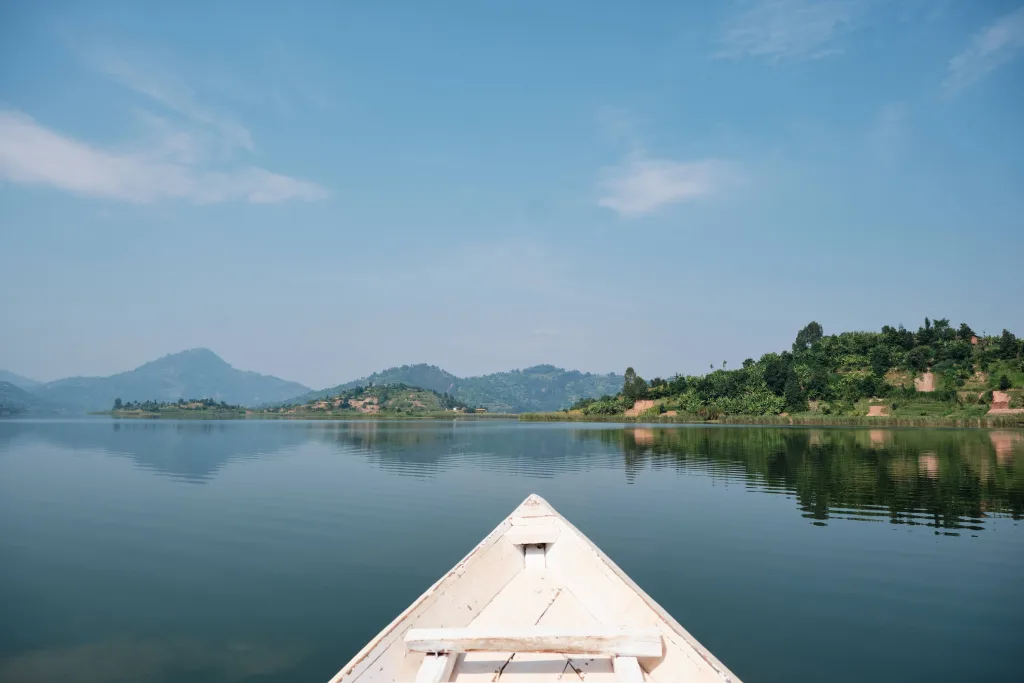Founded by Bonita Mutoni and Cristina Romelli Gervasoni, Interlude Rwanda is a pioneering initiative titled “Reconnecting Memory through Art, Design, and Architecture.” The ongoing exhibition started on May 21 and will end on the 25th of October, 2024. Interestingly, the Interlude Rwanda exhibition is an artistic exploration of Rwanda’s past, present and future. It was also curated by Nicolas Bellavance-Lecompte.
As the founder of Uber Luxe Safaris, Bonita Mutoni deals in the business of introducing tourists to the beautiful culture of Rwanda. Taking into account that she is a Rwandan brings this task even closer to her heart. Her passion for her country’s development and the luxury travel sector inspired her to co-found Interlude Rwanda with Cristina Romelli Gervasoni.
Although she was born in Italy, Cristina Romelli Gervasoni has a profound passion for strategic and purposeful projects. Besides that, she has also honed her skills to specifically cater to cultural initiatives.
Her sparkling portfolio details achievements like shaping Downtown Design Dubai, Dubai Design Week, and collaborating with the Ministry of Culture and a Royal Commission in Saudi Arabia. Before Cristina Romelli Gervasoni’s stint in the Middle East, she gained viable experience from Bulgari and Saatchi & Saatchi.
Founder and Art Director of Carwan Gallery, Nicolas Bellavance-Lecompte is an architect who is well-versed in the realm of contemporary design. Over the course of many years in his career, he has curated more than 65 design exhibitions for museums, private galleries and institutions. He is also a co-founder of Nomad, a fair exclusive to art and design. With his far-reaching experience with cultural initiatives relevant to art and design, he is just the man for this job.
After the Rwandan genocide of 1994, the art and culture cocktail of the country was greatly watered down. Many artists and creatives fled the country for safety. In the aftermath of the civil war, Rwandan life and artistic landscape is now slowly picking up a vibrant rhythm. Like a phoenix rising from its ashes to embrace a youthful glow, Rwanda’s art scene is on a promising path with the support of initiatives like Interlude Rwanda.
This unprecedented exhibition has a unique structure that allows for the interrogation of the past, present and the future. It opens these time periods up for conversation. In doing so, it simultaneously invites visitors from all over the world to experience Rwandan culture infused in art, design and architecture. All this is achieved through various artistic expressions and interpretations by 10 Rwandan artists and their 100+ commissioned artworks.
Categorised into three chapters, the exhibition is hosted across 3 locations: King’s Palace Museum- Nyanza, Rwanda Art Museum- Kigali, Twin Lakes (Peace Haven Island).
Chapter 1 : Past – “Daily Monarchy” at the King’s Palace Museum, Nyanza
In this segment, visitors are invited to take a walk down memory lane in the former royal capital of Nyanza. While viewing and interacting with artworks positioned as symbolic and functional objects woven into daily life in the palace, one experiences a reconnection with the past.

Every piece creates something akin to anemoia within one’s mind. A space that guests would have had limited or even no access too, they now roam about freely. This chapter presents the opportunity to be a spectator of Rwanda’s past and ruminate over what life must have been like then.
Medard Bizimana: “Nature Morte”
For this exhibition, Medard Bizimana ventured into a new series of sculptures featuring non-human representations carved from volcanic stone. The sculptures are assigned to fill up the royal kitchens and pantries. From meats and fishes to vegetables and fruits, Bizimana replicates accurate representations of local foods. Collectively, the sculptures represent communal sharing which is a key expression of hospitality.
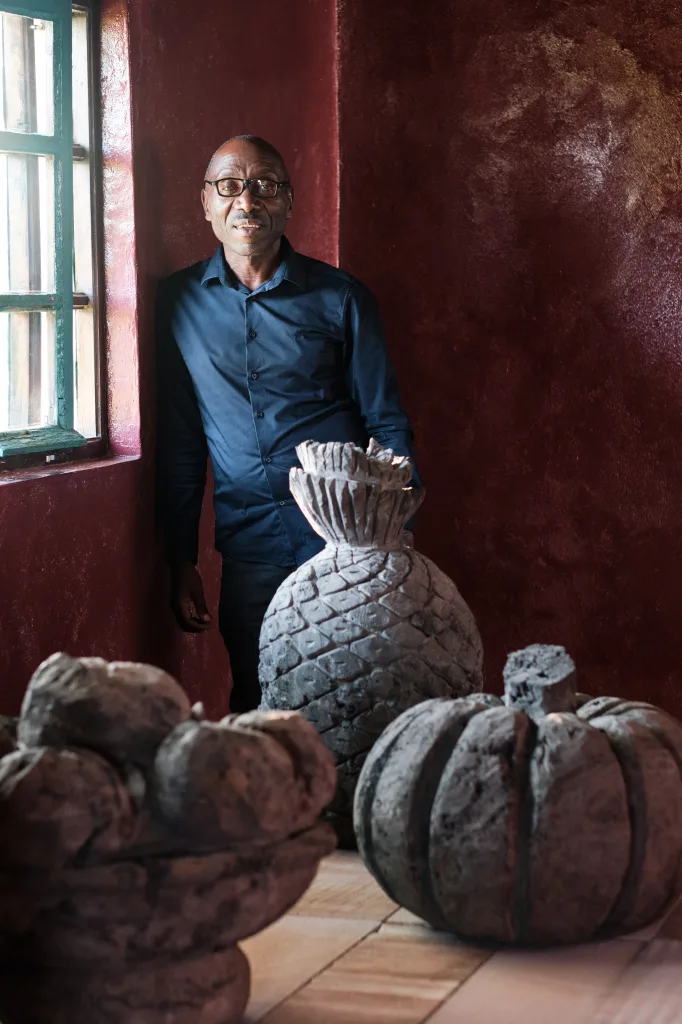
Dusabe King: “Royal Anemoia”
Dusabe King is an unconventional visual artist whose body of work is reminiscent of a style that prevailed in simpler times. One look at his work and one is reminded of old primary or secondary school textbooks and their illustrations. Presented in a nostalgic light, the illustrations remind the viewer of home, wherever it used to be.
The word “anemoia” means nostalgia for a time or place one has never known. With Dusabe King’s paintings for Interlude Rwanda, he aims to brew “Royal Anemoia” in whoever sees them. Although the viewer has no inkling of what it was like to live in the palace, King offers them a plethora of artistic windows to take a peek in.
He does this skillfully as he draws inspiration from the palace’s archives and even includes car crashes which occurred at the time. King manages this so well that he even depicted car crashes which occurred at the time.
Claude Nizeyimana : “Portraits of Imandwa”
Claude Nizeyimana is a ceramist, set designer, and sculptor partial to wood and metal. For the “Portraits of Imandwa,” he employs Jacaranda wood to carve masks and decorates them with vibrant pigments. Imagined by Moses Turahirwa and a part of the 2024 Infaransa Collection by Moshions, the masks are a mixture of traditional Rwandan cultural motifs with contemporary artistic expressions.
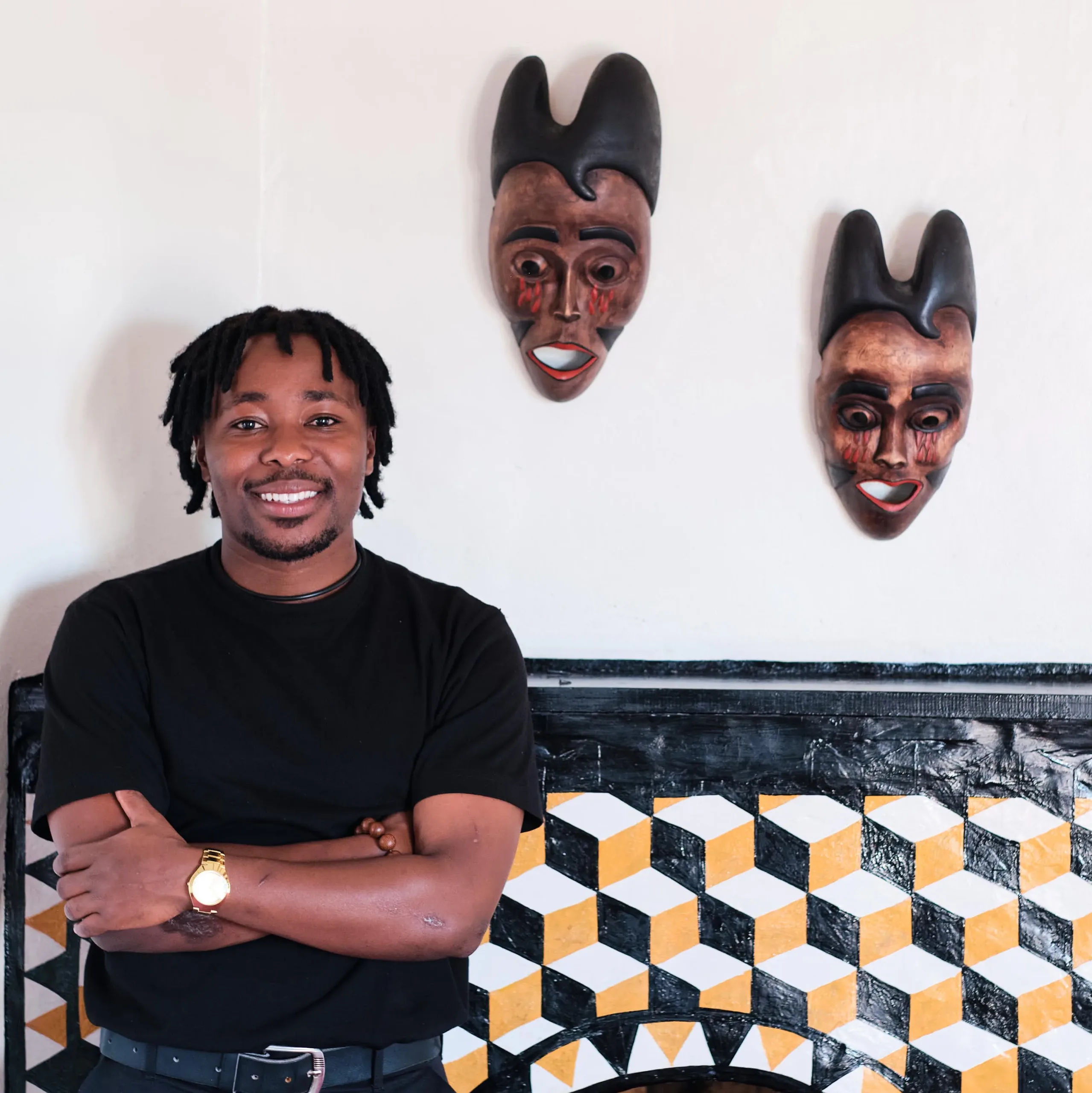
The masks are typically regarded as cultural artefacts as they do resemble such. However, the ancient look opens them up to modern commentaries.
Moses Turahirwa : “ISIBO Bench”
Founder of Moshions, Moses Turahirwa is a renowned Rwandan fashion designer who believes in sustainable fabric production and in-house tailoring. That mindset of sustainability and his multidisciplinary approach to fashion and art translates into his contribution towards the Interlude Rwanda initiative.
The cooperative of Abacukuzi in the Nyagatare District crafted the “ISIBO Bench” from locally-sourced granite. The bench is a functional art piece highlighting the natural beauty and texture of granite. Altogether, it reflects the community’s commitment to sustainability and traditional techniques.
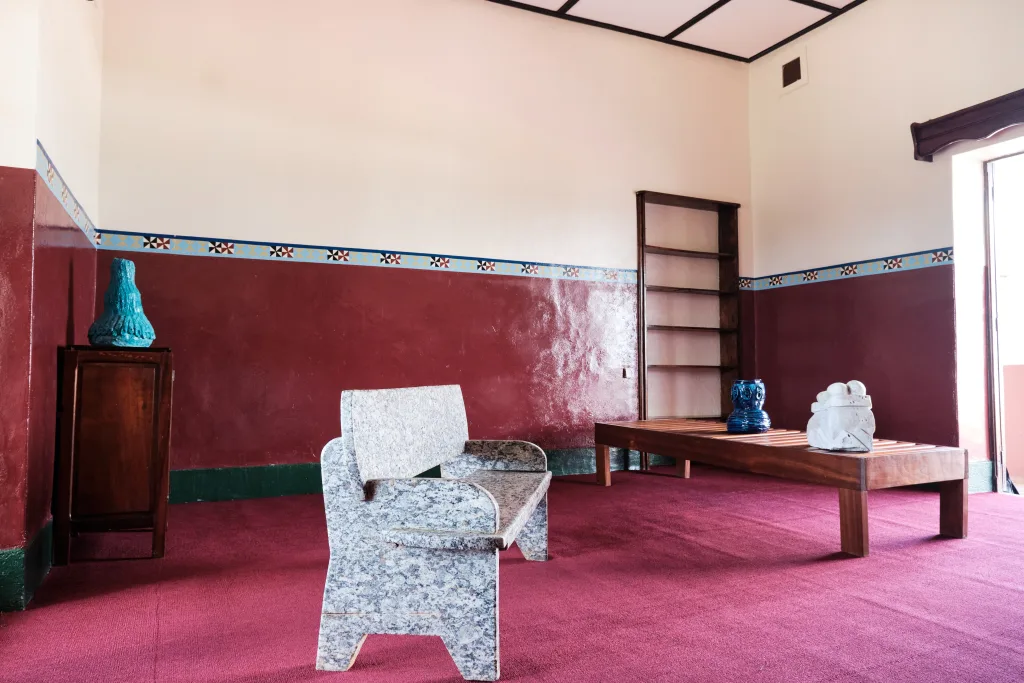
Rumariza Brave (Brave Tangz): “ITURO”
A self-taught multi-disciplinary artist, Brave Tangz focuses on making vases in this portion of the Interlude Rwanda exhibition. “ITURO” translates to “The Vases of the King.” Each “ITURO” piece is unlike most vases one would come across. They take up irregular and almost fantastical shapes. Skillfully, the artist merges traditional and contemporary expressions with free-spirited artistic expression.
Brave Tangz explores the historical significance of vases, the tradition of royal commissions and the opulence of a king’s palace.
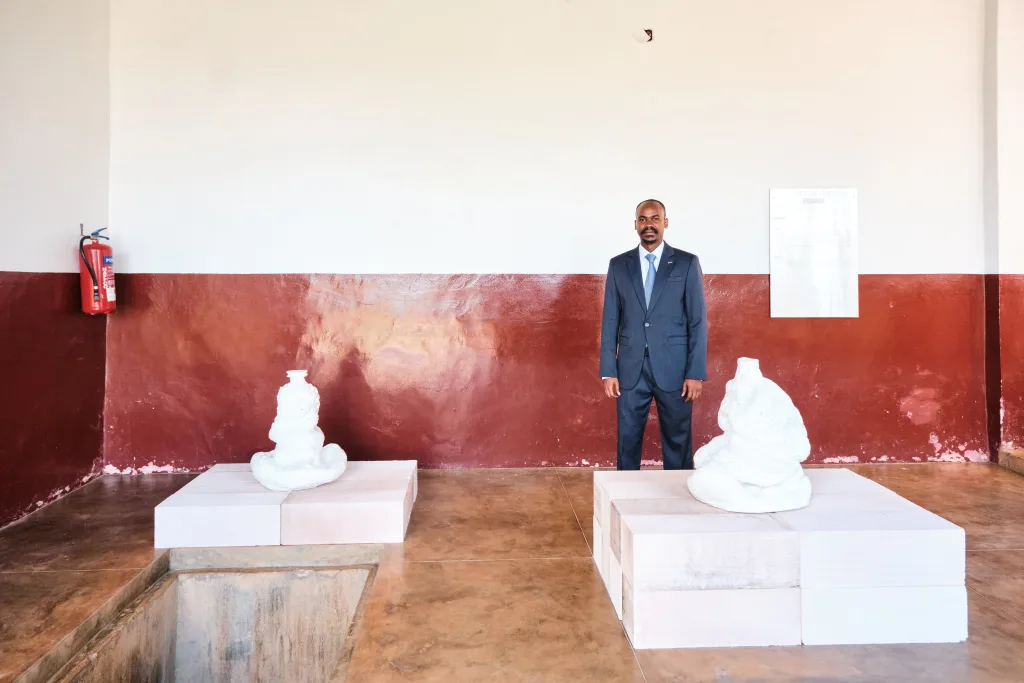
Chapter 2: Present – “Talisman” at the Rwanda Art Museum, (Former President’s Residence), Kigali
The second chapter of Interlude Rwanda leads to a mansion which currently exists as the Rwanda Art Museum. It was not always the case. The mansion once took on a controversial role as a command centre in the 1994 genocide against the Tutsi. Consequently, it is an object of mixed emotions.
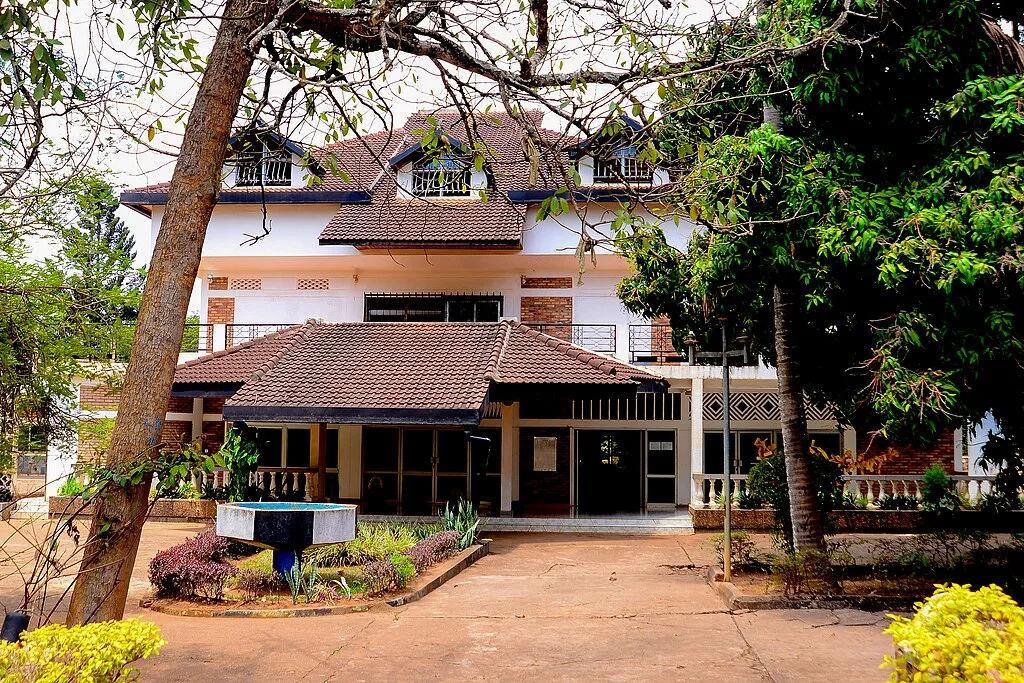
Four artists were commissioned to craft works which could help reconcile guests with the mansion’s dark past. Tasked with redefining the mansion’s identity, these artists explore themes of spirituality, empathy, futurism, decoloniality, civic status and care.
Ibisazi Designers Nyaybo: “Power of the Inside”
Ibisazi Designers Nyabyo (IDN) is an artistic design duo established in 2018. Niyongabo Frederic and Ndiratuma Emmanuel are a design team who incorporate Rwandan tradition with global influences. They find their forms of expression in fashion, visual arts, sculptures and installations.

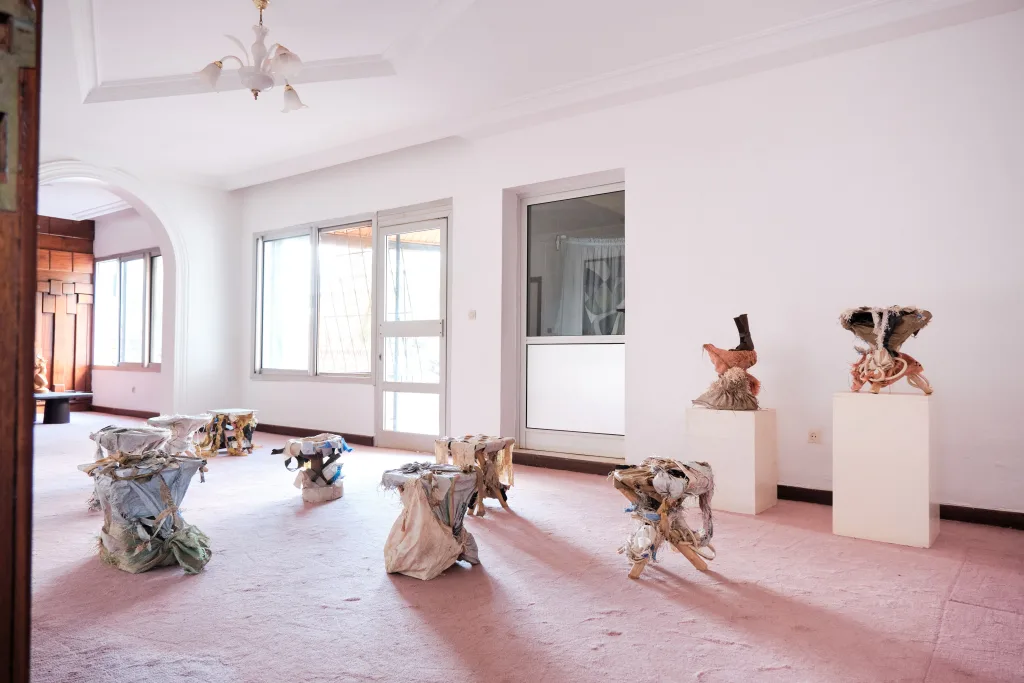
For this aspect of the exhibition, they utilised found objects to create collectible chairs. These chairs were developed with four concepts revolving around seating variations. They are intended as modern-day divination tools which invite viewers to engage in deep reflections.
Paradis Nishimwe Imfura: “The Rising Slumbers”
Paradis Imfura Nishimwe is the founder of Wood Habitat, a leading producer of furniture in Rwanda. For Interlude Rwanda, Paradis Imfura has created a new series featuring day beds with intricate designs. She explores their multi-functionality and the symbolism attached to their existence. Through her contemporary practice, she interrogates the connection between the physical and the spiritual, as well as the cultural relevance of the beds.
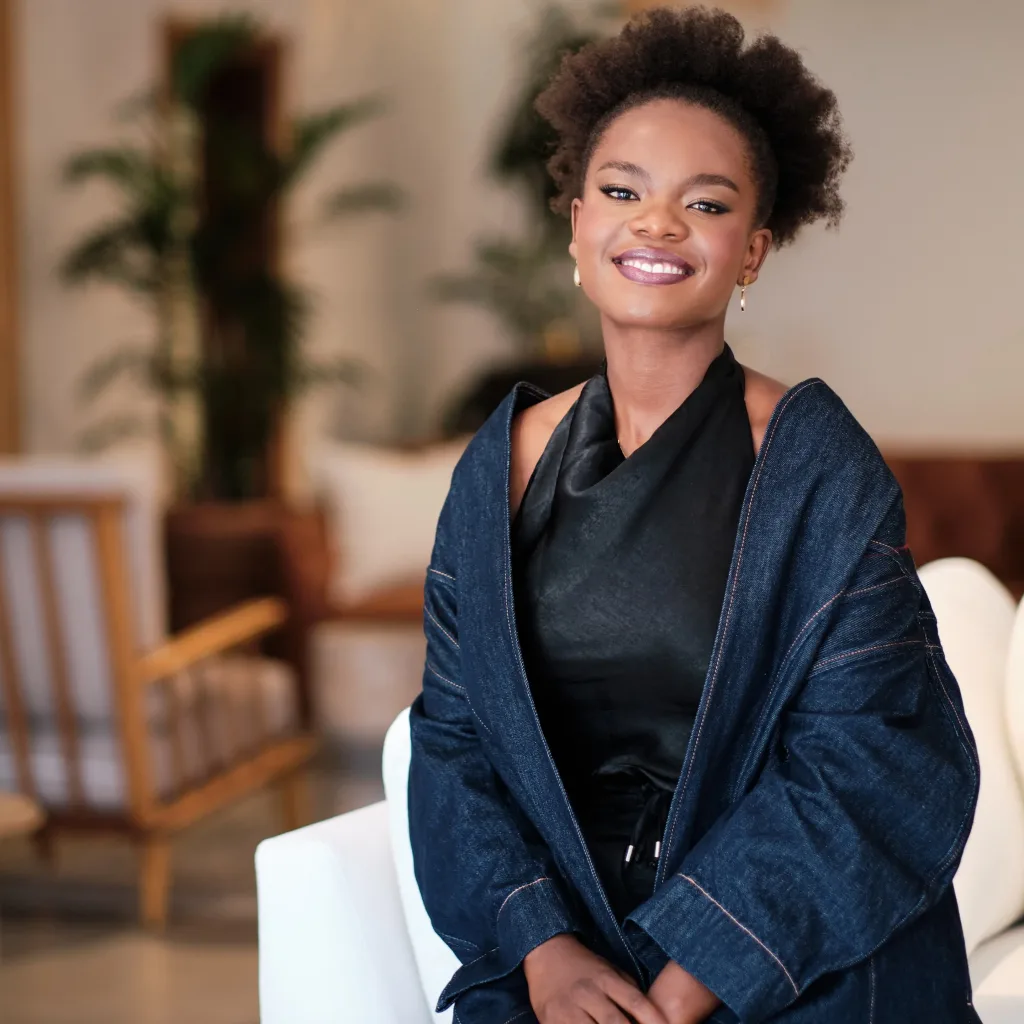

Floride Mukabageni: “Bedroom Stories”
After the 1994 Rwandan genocide, Floride Mukabageni’s painting gained widespread recognition. Her paintings are marked by distinct traditional Rwandan motifs created through a meticulous process. In her series, “Bedroom Stories,” Mukabageni delves into the interrelationship between public and private spaces using site-specific paintings.
Tchaka Tambwe: “Inka”
Tchaka Tambwe‘s “Inka” is a series of site-specific installations and objects representative of animals that symbolise transformation and liberation. With this series, Tchaka hopes to reform the negative collective memories attached to the mansion’s past. Thereby creating a space where local communities can engage with their past, present and future with fresh eyes.
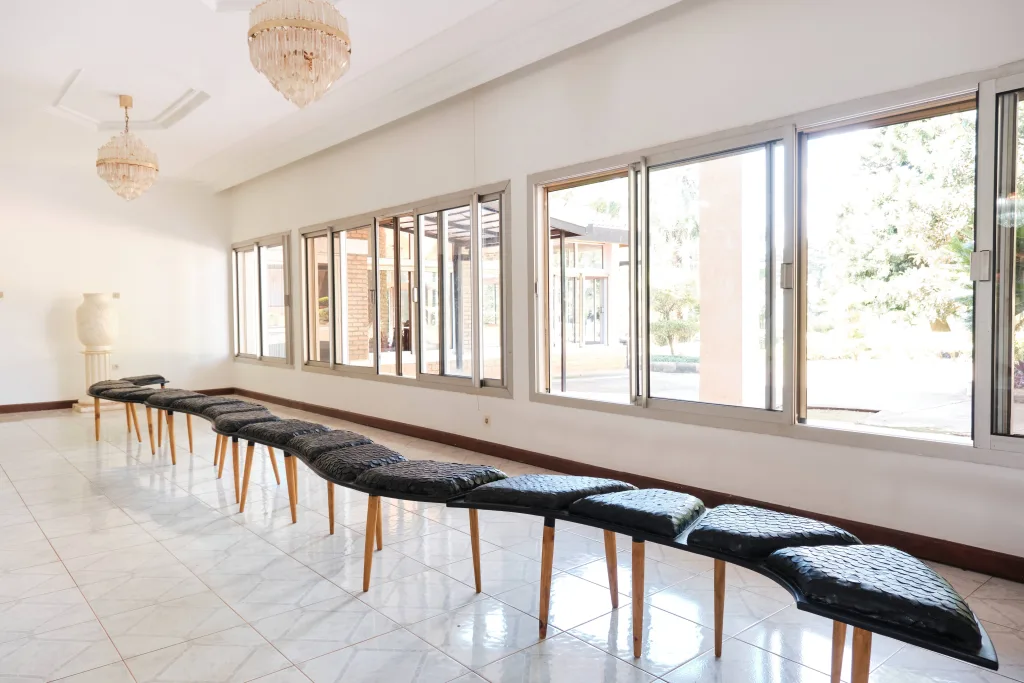

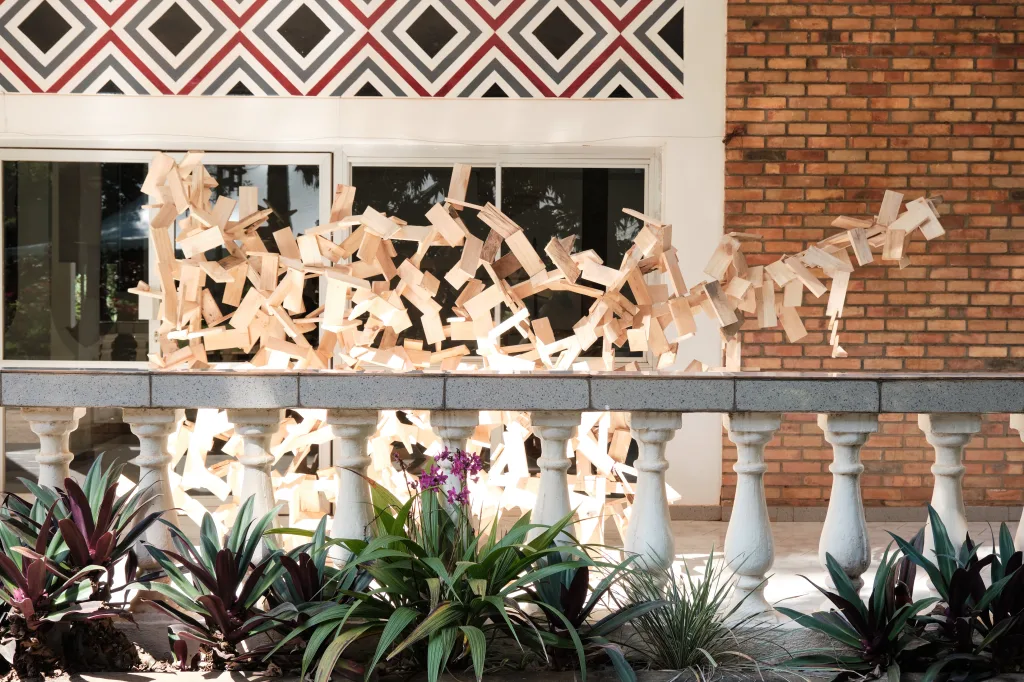
Chapter 3: Future – “Processions” by the Twin Lakes (Ruhondo – Peace Haven Island)
Finally, the third chapter is an acknowledgement of the fleeting nature of human interaction with nature. This segment features just two installations: a boat and an architectural folly with symbolic decorations.
The experience begins with a slow journey in the boat across the lake. The boat heads towards the island where the architectural folly reminiscent of an ancient temple or spiritual ground awaits.
The spiritual undertones and pristine environment of the installations inspire visitors to reflect on the sanctity of nature. Most importantly, it affords one the opportunity to recognise the delicate balance between human presence and natural preservation. Ultimately, this is crucial to the consideration of future implications and consequences.
Moses Turahirwa: “Urugendo”
As the only artist whose work appears in two chapters of the exhibition, this boat installation is a great avenue to showcase his mastery of fabrics. Moses Turahirwa’s fabric design injects a spiritual undertone into the boat procession towards the island. The white and blue fabric cloaking the boat effectively simulates the air of a spiritual journey. Slowly and surely, the visitor is transported to the architectural folly for a profound spiritual experience.
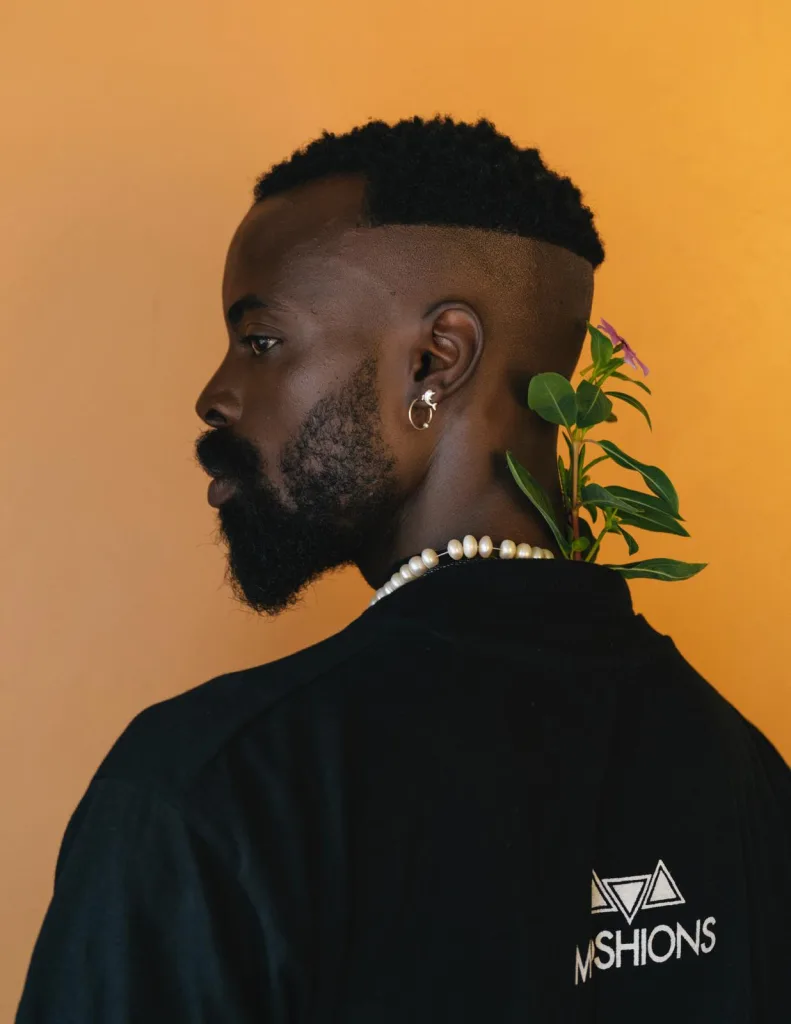

Bruce Engel (BE_Design): “Woven Together: A Bright Future”
Bruce Engel’s “Woven Together: A Bright Future” architectural folly stands proudly in the middle of the Twin Lake. This site-specific installation marks the conclusion of the journey that is Interlude Rwanda on a note of deep and hopeful contemplation.



